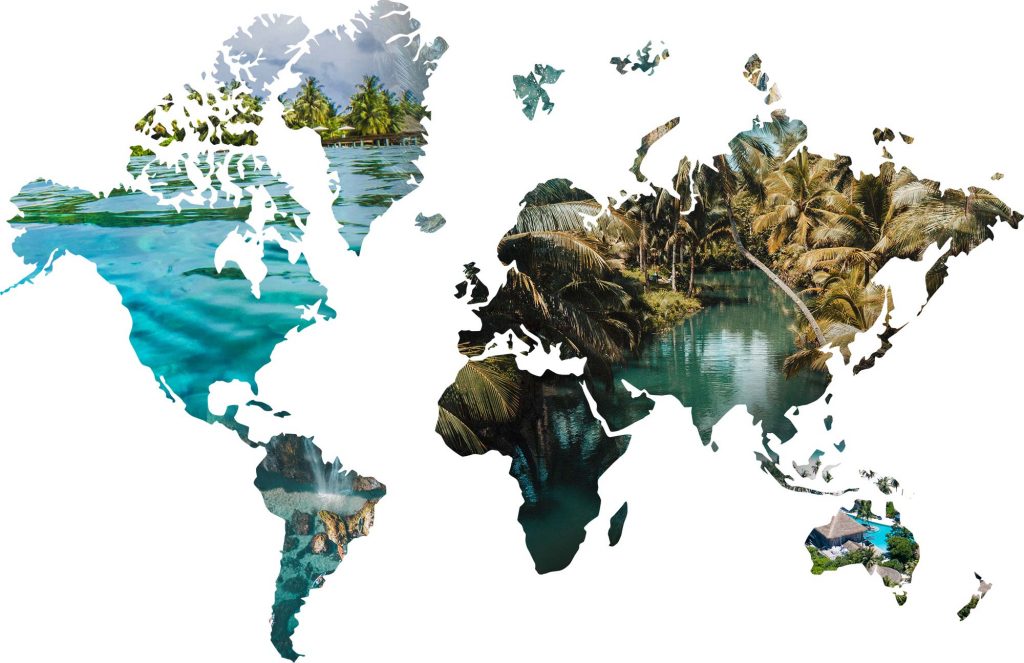Ocean rafting is an exhilarating adventure that allows you to explore the vastness of the ocean while experiencing the thrill of riding the waves. But have you ever wondered what makes the tides, waves, and currents that propel your raft? In this article, we delve into the fascinating science behind ocean rafting, unraveling the mysteries of tides, waves, and currents. So, hop on board as we embark on a journey to understand the forces that shape the ocean!
The Tidal Phenomenon: Unveiling the Power of the Moon and the Sun
Tides are the rhythmic rise and fall of sea levels caused by the gravitational pull of the moon and the sun. The moon’s gravitational force primarily governs the tides, as it is closer to the Earth. The sun’s gravitational pull also contributes to the tides, although to a lesser extent. The combined gravitational forces exerted by the moon and the sun create a bulge in the ocean, resulting in high tide. As the Earth rotates, different parts of the world experience high and low tides at different times.
During high tide, the ocean swells, creating powerful waves that are ideal for ocean rafting. Conversely, low tide reveals more of the seabed, exposing rocks, reefs, and sandbars that can pose challenges for rafters. It is crucial for ocean rafters to understand the tidal patterns and plan their adventures accordingly to ensure safety and maximize the thrill.
Waves: Nature’s Dance of Energy
Waves are one of nature’s most mesmerizing phenomena, captivating us with their rhythmic rise and fall. In the context of ocean rafting, waves are the medium through which energy is transferred from the wind to the water. As the wind blows across the surface of the ocean, it imparts energy to the water molecules, causing them to oscillate in a circular motion.
The size and strength of waves depend on various factors, including wind speed, duration, and fetch (the distance over which the wind blows). When these factors align, they give rise to large, powerful waves that are ideal for adrenaline-pumping rafting experiences. Ocean rafters ride these waves, harnessing their energy and skillfully maneuvering their rafts to navigate through the peaks and troughs.
Currents: The Invisible Forces Shaping the Ocean
While tides and waves are more apparent, currents play a significant role in shaping the ocean and influencing ocean rafting adventures. Currents are continuous flows of water moving in a particular direction, driven by various forces such as wind, temperature, salinity, and the Earth’s rotation. These invisible forces create patterns of surface and subsurface currents that can greatly impact the trajectory of a raft.
Surface currents, driven by wind and the Earth’s rotation, can push a raft in a certain direction, making it easier or more challenging to navigate. Subsurface currents, on the other hand, can create upwelling or downwelling, bringing nutrient-rich waters to the surface or pushing them deeper, respectively. These currents have a profound impact on marine ecosystems, influencing the distribution of marine life and, consequently, the experiences of ocean rafters.
Ocean Rafting Techniques: Mastering the Elements
Now that we have gained insight into the science behind tides, waves, and currents, let’s explore some techniques that can help you master the art of ocean rafting:
- Reading the tides: Understanding tidal charts and recognizing the optimal time for rafting is crucial. High tides offer the best conditions for riding powerful waves, while low tides may require extra caution due to potential obstacles.
- Navigating the waves: Riding waves requires skill and precision. It is essential to position your raft correctly, aligning it with the wave’s direction and timing your maneuvers to maximize the thrill and avoid capsizing.
- Harnessing the currents: Utilizing the currents to your advantage can make a significant difference in your rafting experience. Observing the direction and strength of surface and subsurface currents can help you plan your route and conserve energy.
- Adapting to changing conditions: The ocean is ever-changing, and so are its tides, waves, and currents. Being adaptable and responsive to these dynamic conditions is essential for a successful and safe ocean rafting adventure.
Conclusion
In conclusion, understanding the science behind ocean rafting is not only fascinating but also crucial for a safe and enjoyable experience. Tides, waves, and currents shape the ocean, creating the perfect playground for thrill-seekers and adventurers. By comprehending these natural forces and mastering the techniques to navigate them, you can unlock the full potential of ocean rafting. So, embrace the power of the ocean, ride the waves, and let the currents guide you on a remarkable journey of exhilaration and awe-inspiring beauty.








